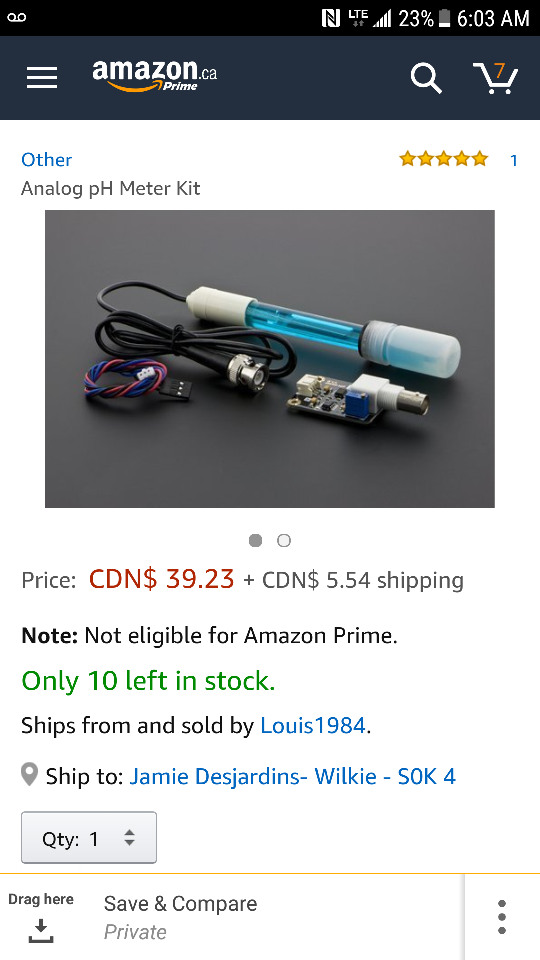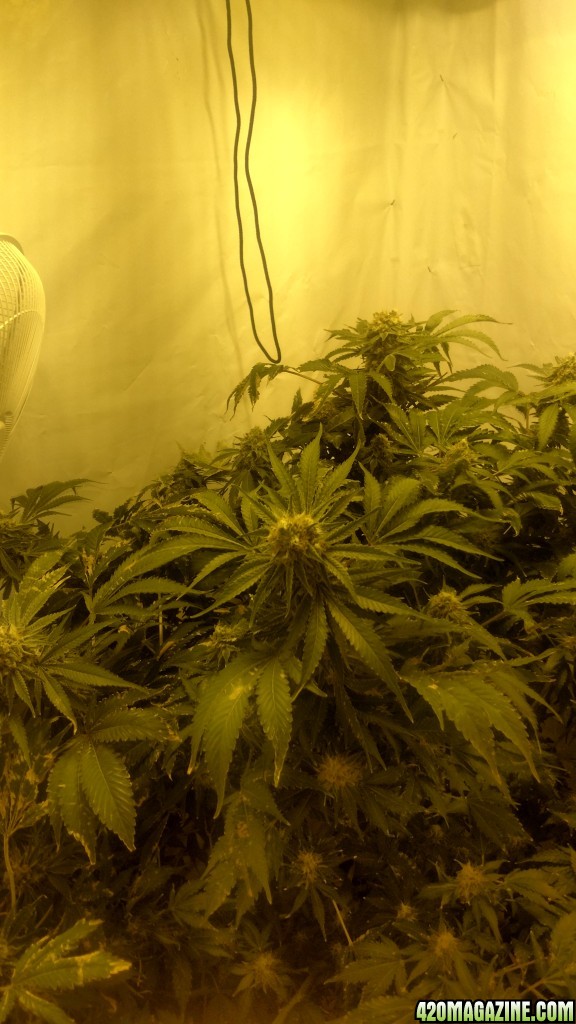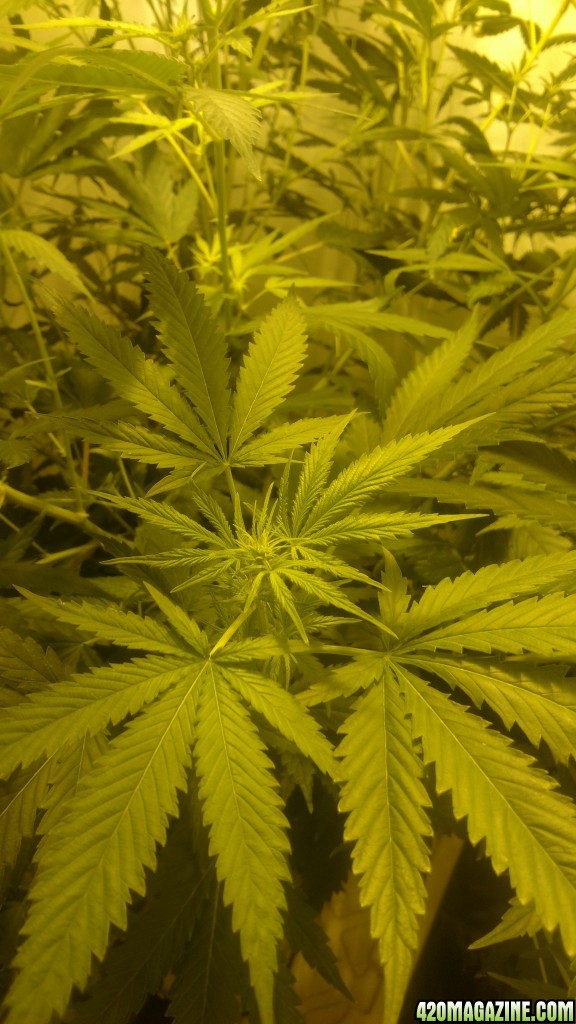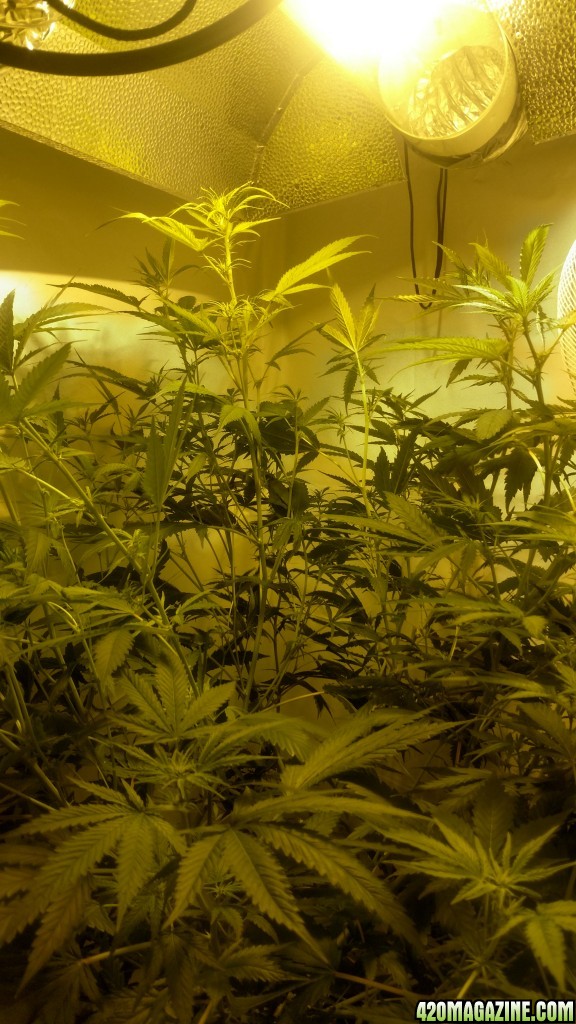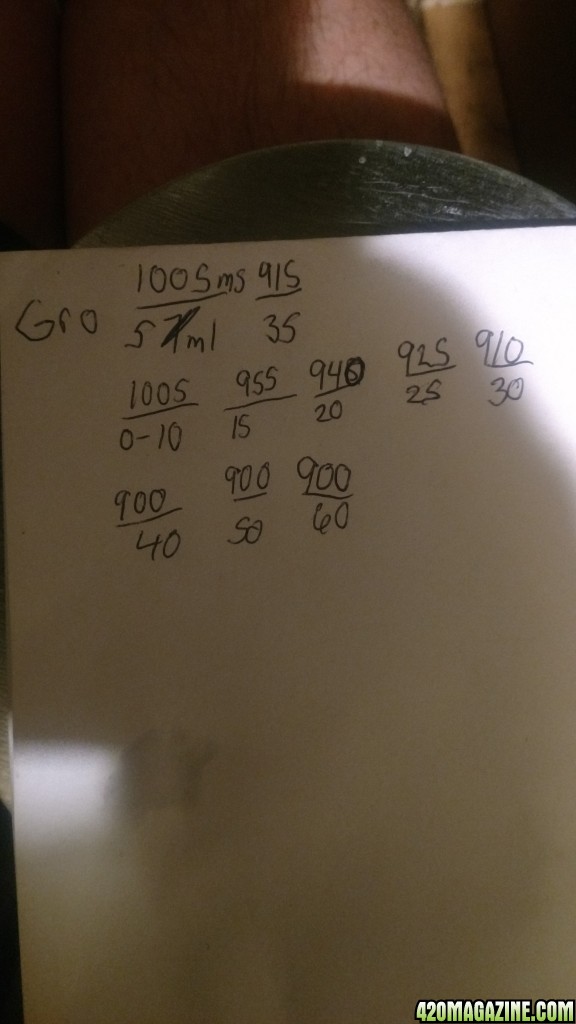- Thread starter
- #101
Skybound
Well-Known Member
Which PH sensor did you get? Atlas Scientific makes a whole line of probes and circuits to work with Arduino and example code to get it up and running right away. I've had my eye on them for over a year now, but the high price has kept me away thus far. Hopefully after a harvest or two, I'll be able to start down that road.



